April is National Poetry Month. This month-long celebration of poetry and its importance in culture was started in 1996 by the Academy of American Poets. It has grown to a worldwide celebration.
We’re joining the celebration by incorporating poems into our daily and nightly reading. Many of the children’s books we have in our collection would qualify as poetry. In addition to those familiar nursery rhymes and rhyming books, we’re exploring new books on the subject of poetry, collections by well-known poets, and different forms of poetry.
What is Poetry?
Poetry is a type of literature that aims to invoke emotion and imagination. The poet does this by carefully choosing and arranging language for sound, meaning, and rhythm.
The girls are 2 and 4, so while we’ve talked a lot about poetry over the last week, we haven’t defined it or talked specifically about poetry conventions. Instead, I’m trying to choose selections that exemplify some characteristics of poetry.
Invoking Emotion and Imagination
I found Daniel Finds a Poem by Micha Archer on the seasonal display at our local bookstore. When Daniel sees a poster for Poetry in the Park one day, he wonders what poetry is. As he seeks the answer, he asks the familiar animals in the park. Each has a different explanation for poetry. As the days pass, Daniel composes a poem that he will share during the park poetry reading.
The book shows that poetry is all around us, and in us, too. This book has been a wonderful and relatable introduction to the genre of poetry in a general sense.
Rhyme
Children’s books are so often wonderful examples of rhyme. One of the best examples of easy-to-spot end rhyme is Goodnight Moon by Margaret Wise Brown, illustrated by Clement Hurd. This bedtime book is a nursery staple and a simple, accessible choice for poetry month. The girls love to pick out and complete the pairs of rhyming words in this colorful classic:
And two little kittens
And a pair of mittens
And a little toy house
And a young mouse
And a comb and a brush and a bowl full of mush
And a quiet old lady who was whispering “hush”
Line Breaks
The way that poetry breaks up ideas is different from sentences in prose writing. Where the Sidewalk Ends by Shel Silverstein has been in my personal collection forever. This month, we pulled it out and rediscovered a new family favorite: Lazy Jane.
The genius of this poem is in the way the lines are broken and arranged with only one word on each line (with a comical drawing of lazy Jane at the very bottom). The girls think it is absolutely hilarious.
Descriptive Words
Good poems are descriptive. Another book I picked up especially for this month is Poetry for Kids: Emily Dickinson, edited by Susan Snively, Ph.D. and illustrated by Christine Davenier.
The 35 poems in this book are organized by season. Emily Dickinson is a master at using descriptive language. For example, in a poem about sunset, she compares the sun to the “juggler of day” in “Blazing in gold and quenching in purple.”
Though the girls will grow into this book, I have been reading them simpler selections (and enjoying it myself). If you have older children, this series also includes Walt Whitman and Carl Sandburg.
Go Beyond Reading
Take your National Poetry Month celebration to another level with these ideas.
- Sing a poem. Songs are poems set to music. Simple, classic children’s songs are great examples of poetry and easily remembered. We often listen to Raffi, who has memorable and “singable” songs about child-friendly subjects. Since it’s spring, we’ve been singing Raffi’s Robin in the Rain song, which is also timely.
- Write a poem. After you have read many examples of poetry, invite your child to write a poem or write one together. Try to compose a poem that invokes emotion or imagination in the reader. Encourage your child to use rhyme, descriptive words, and line breaks. Illustrate the completed poem and share it with friends and family.
- Recite a poem. Poetry events bring people together to listen to and share poetry. Consider having a family poetry night in which each family member reads or recites a poem. It could be a favorite poem, an original poem, or a traditional poem.
- Carry a poem in your pocket. Every April, on Poem in Your Pocket Day, people celebrate by selecting a poem, carrying it with them, and sharing it with others throughout the day. See which poems Willow and Winter choose to carry in their pockets on April 27 (Lazy Jane is a front runner!) by checking our Instagram feed that evening. And share yours with us, with the hashtag #pocketpoem. For more information or inspiration, click here.

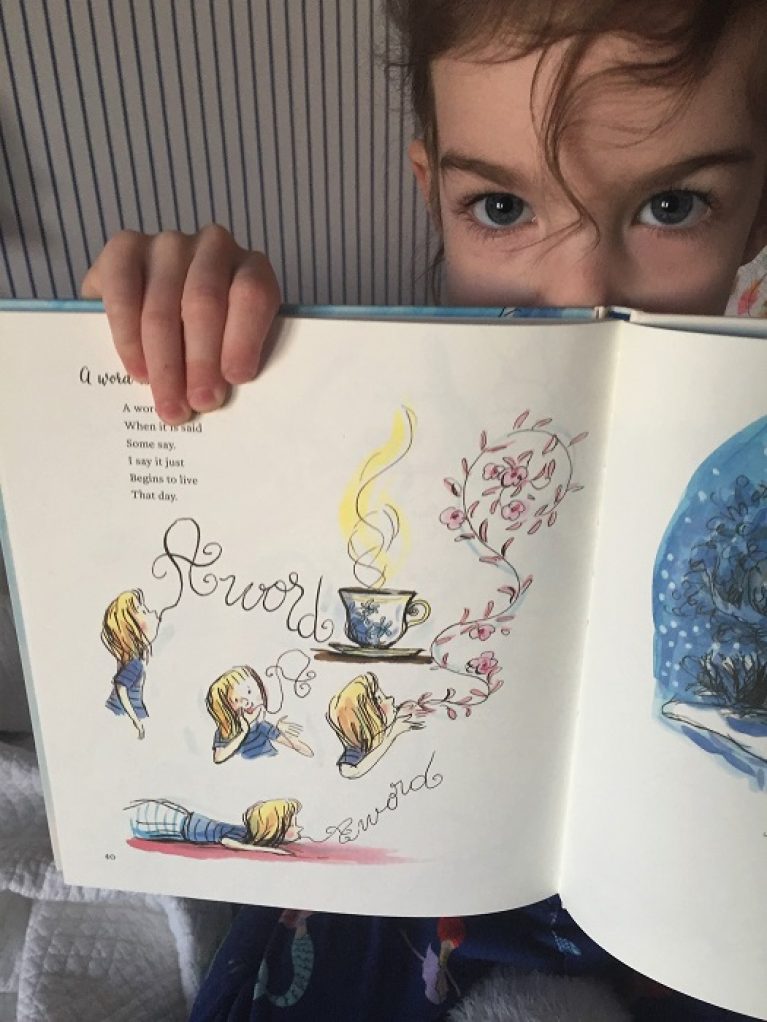

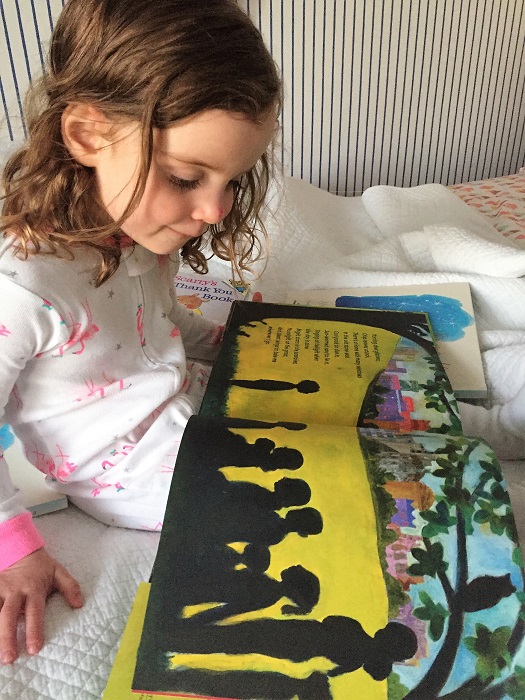


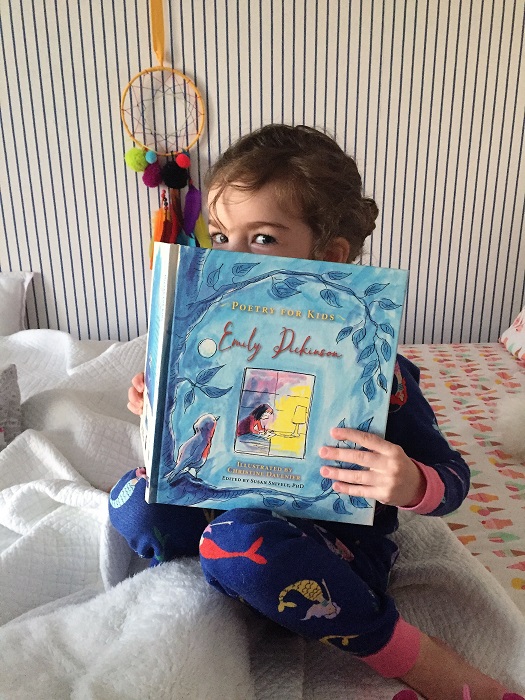
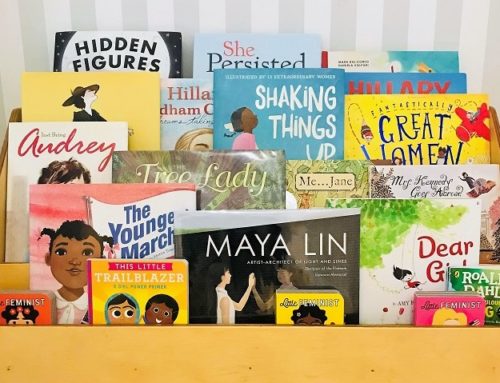
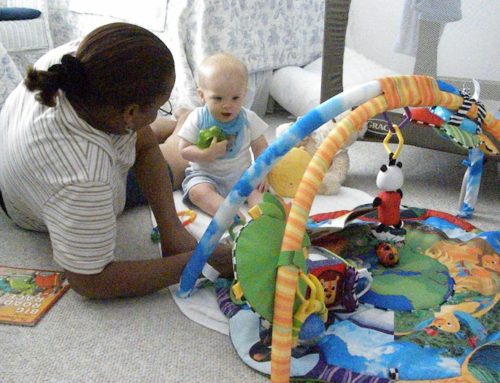
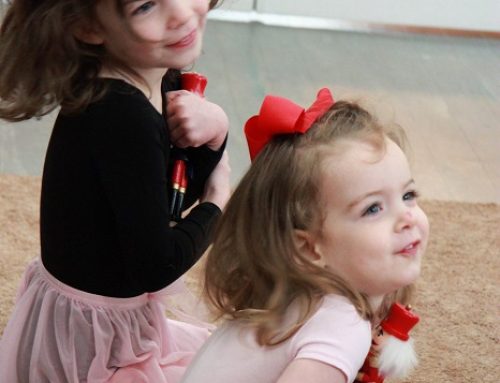
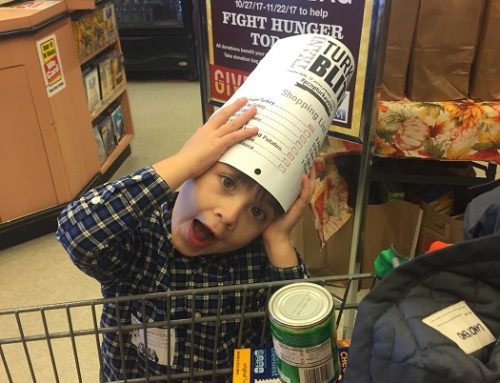
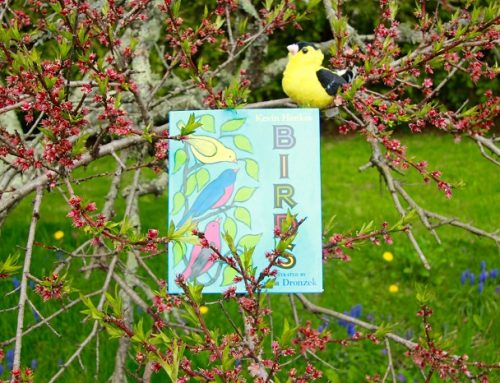



Leave A Comment